Paraguay: Villages Part 3 (San Cosme y Damian, Yaguaron, Ita)
بڵاوکراوەتەوە: 12.02.2019
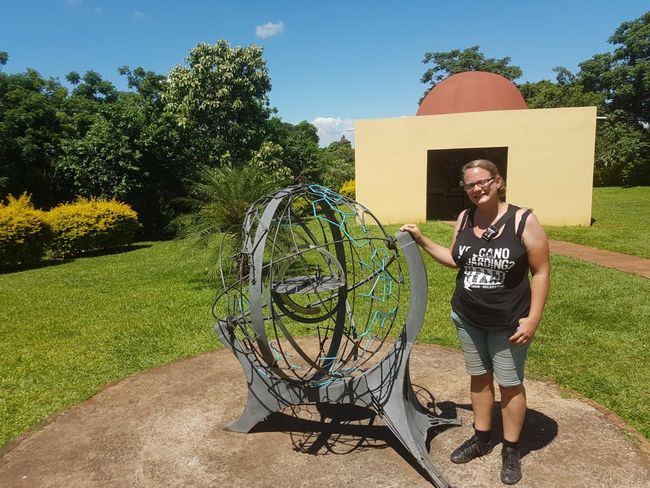
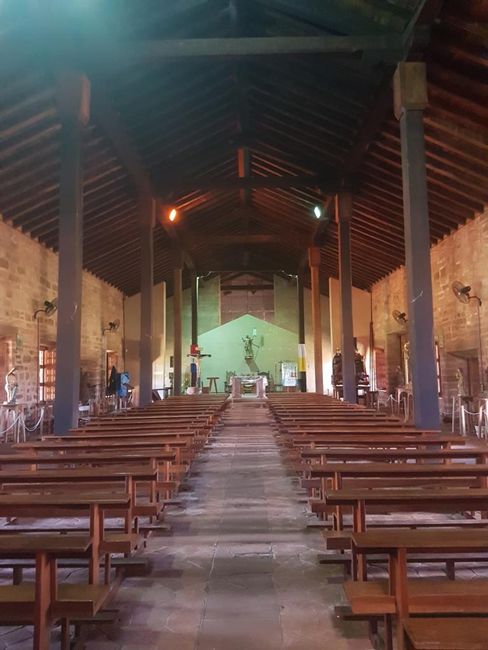
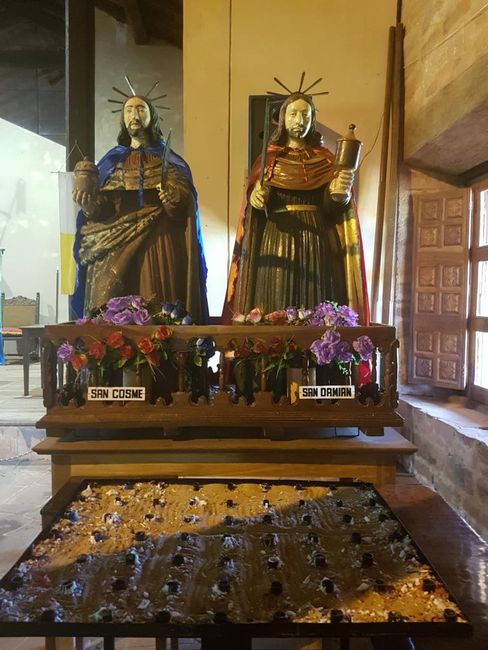
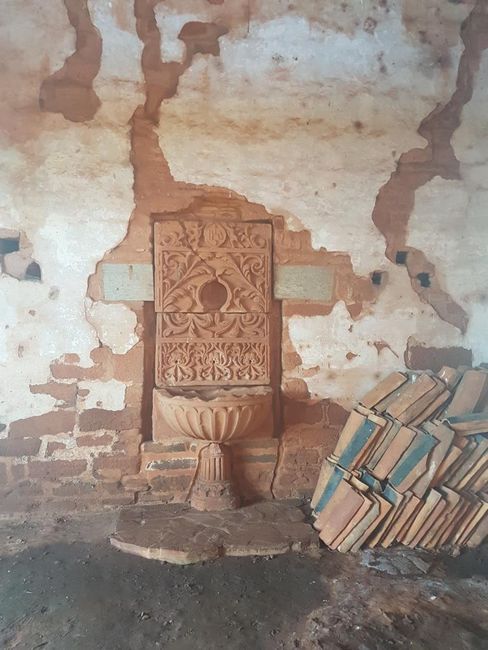
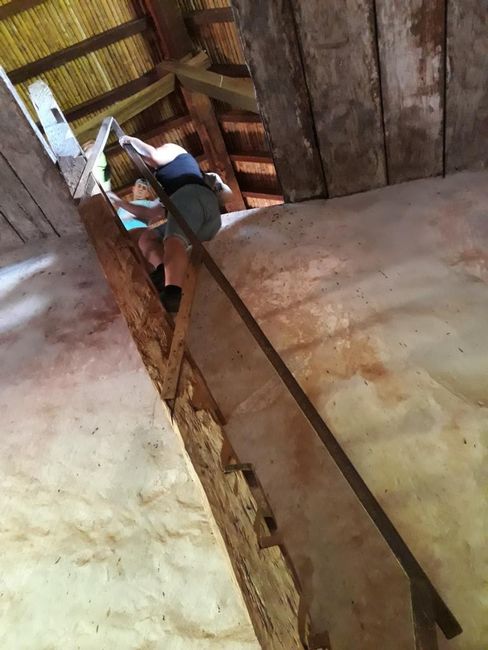
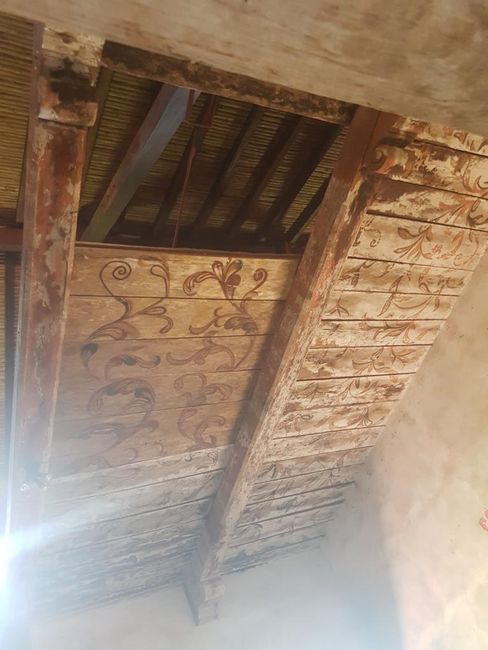
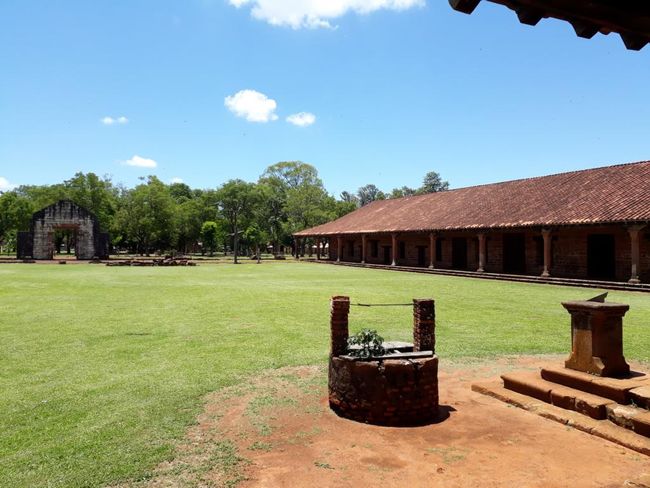
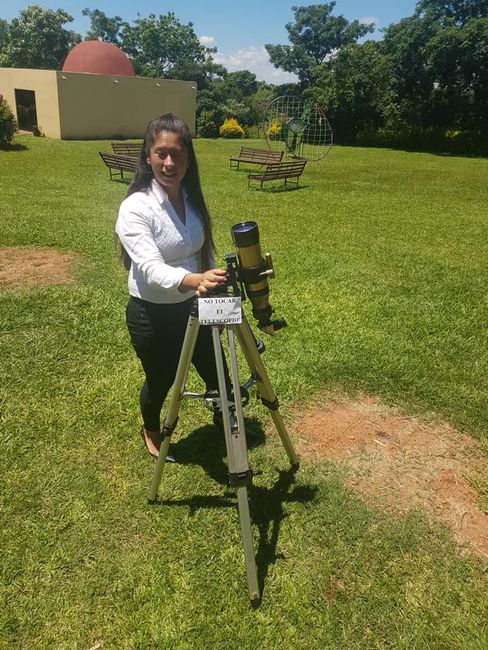
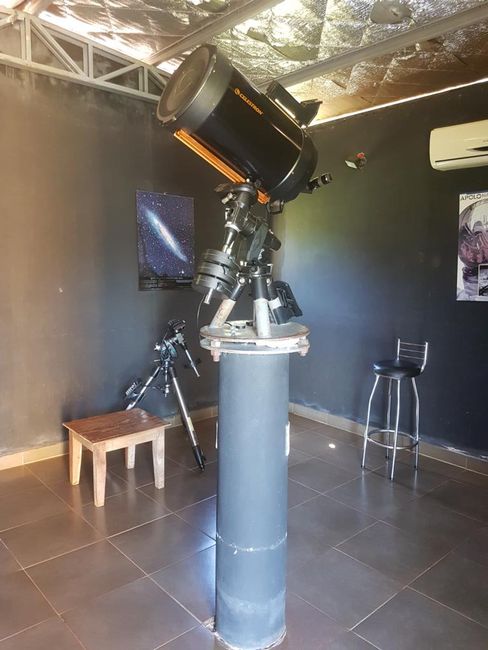
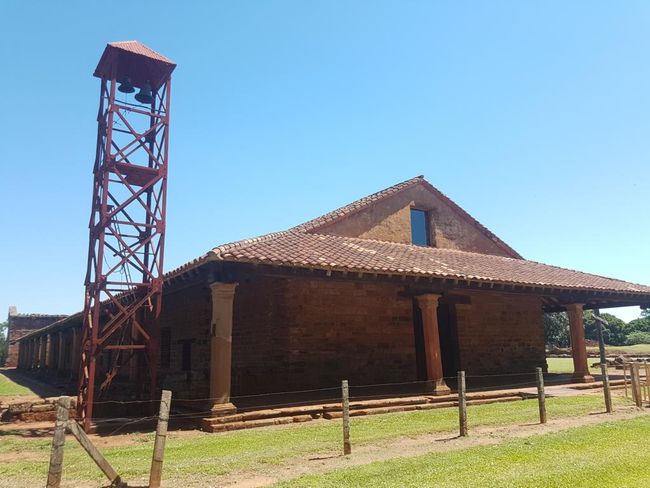
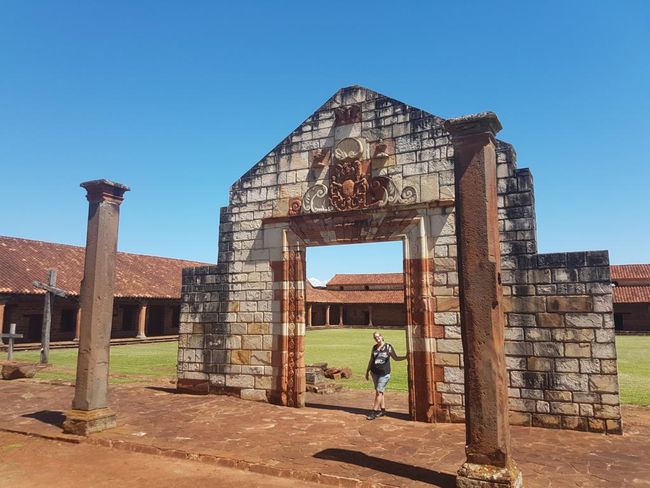
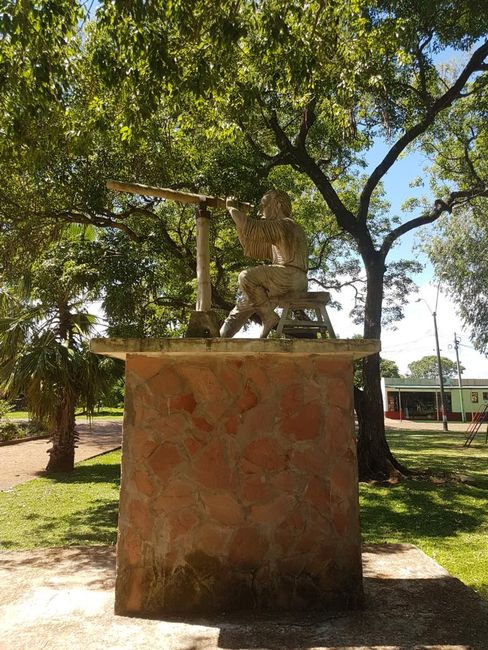
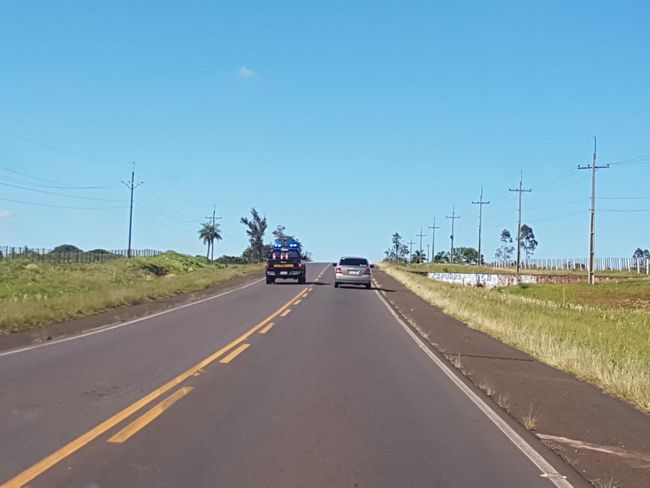
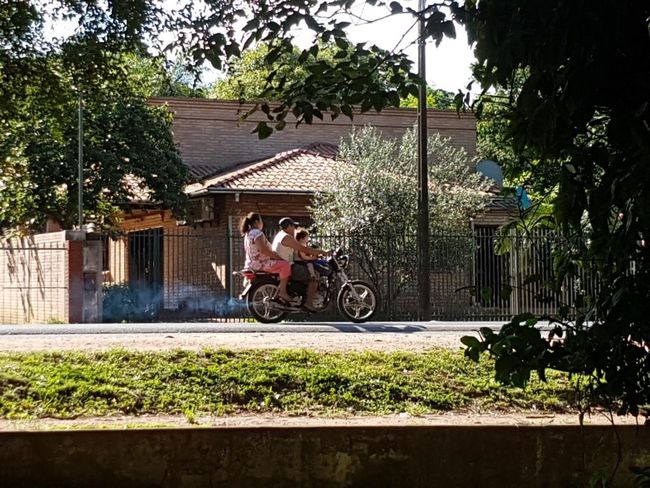
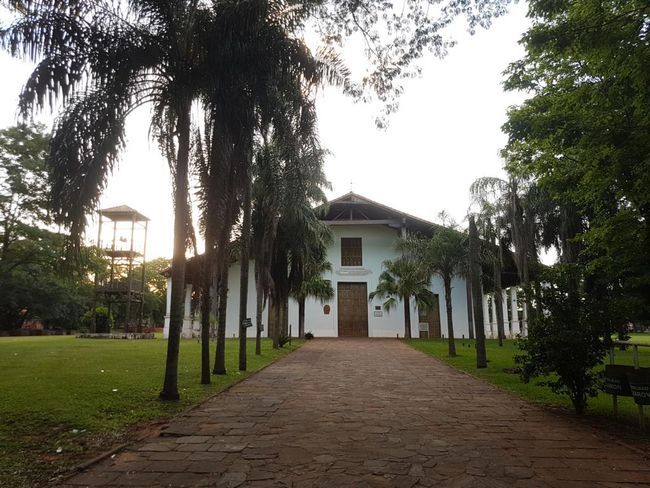
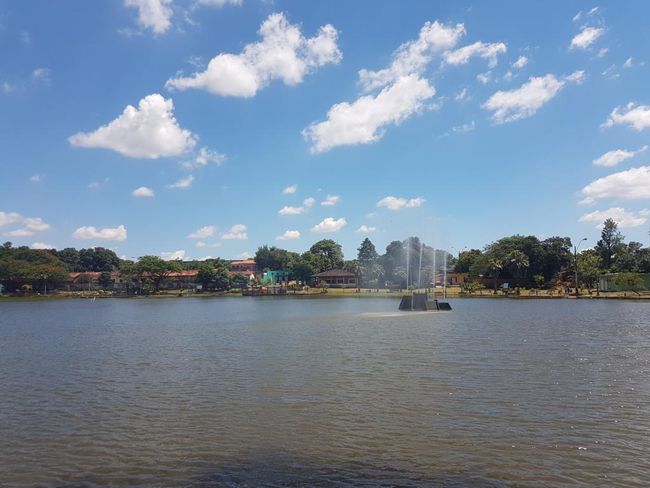
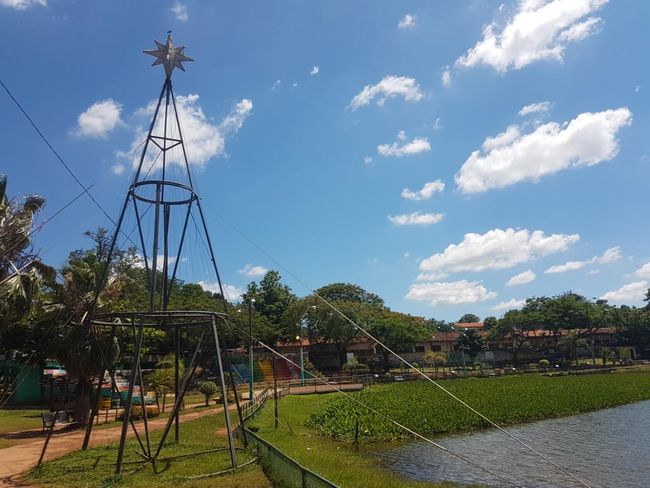
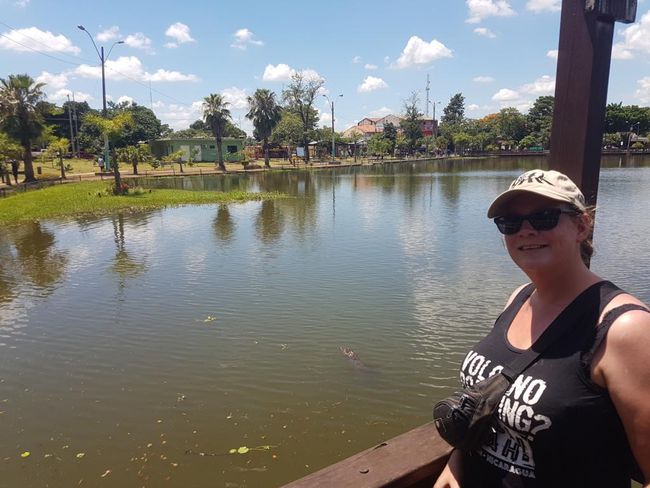
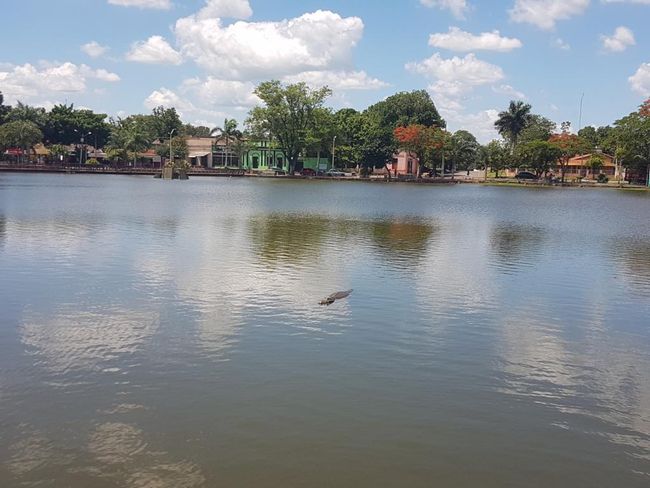
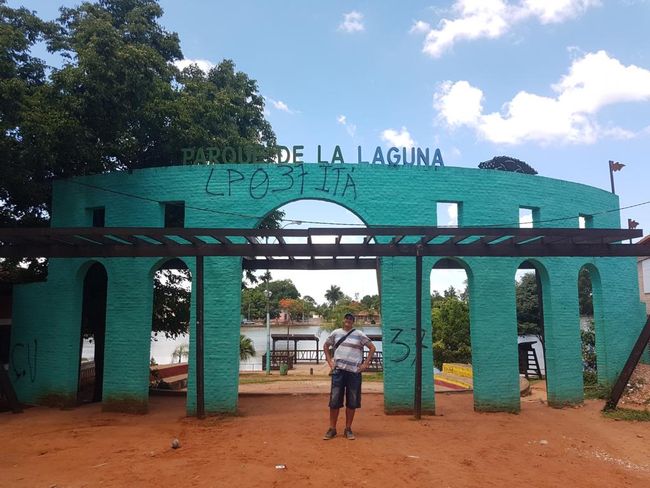
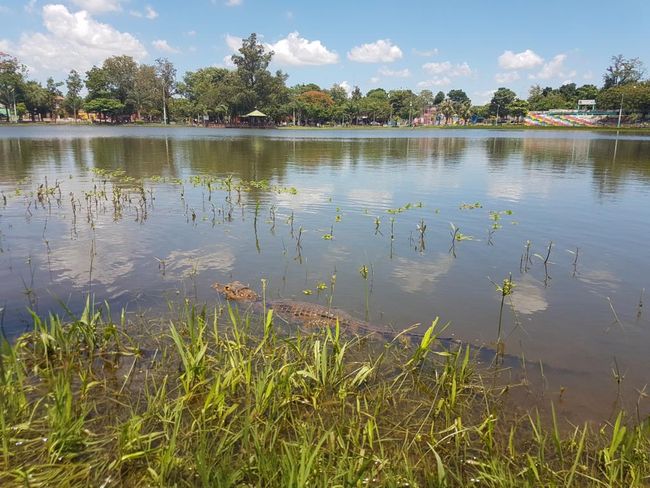
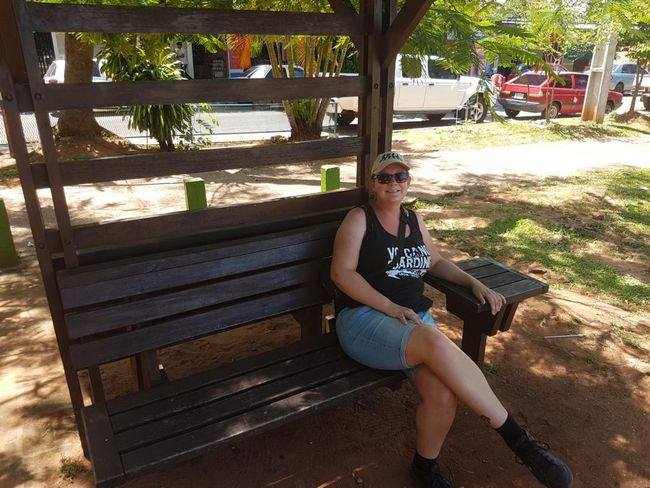
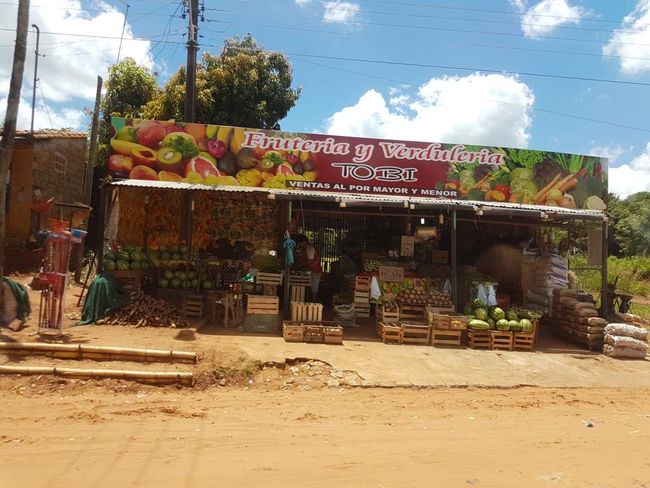
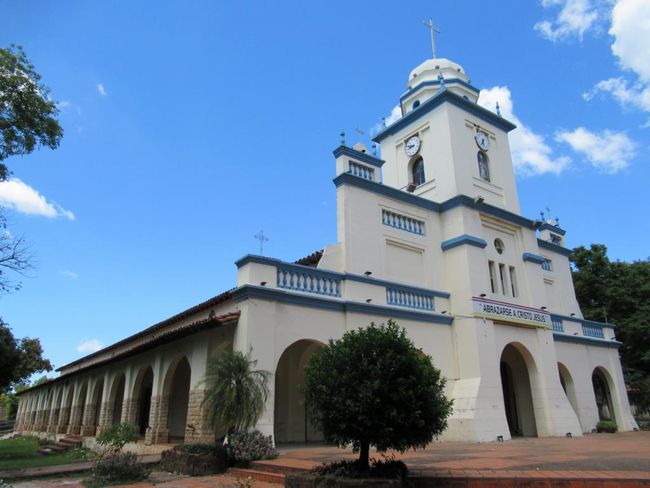
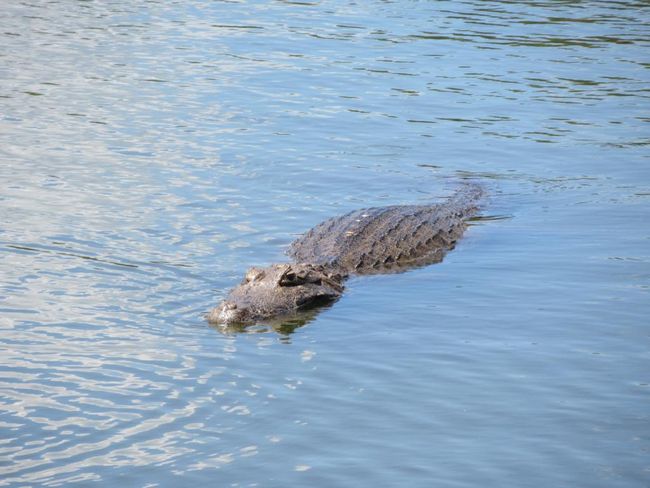
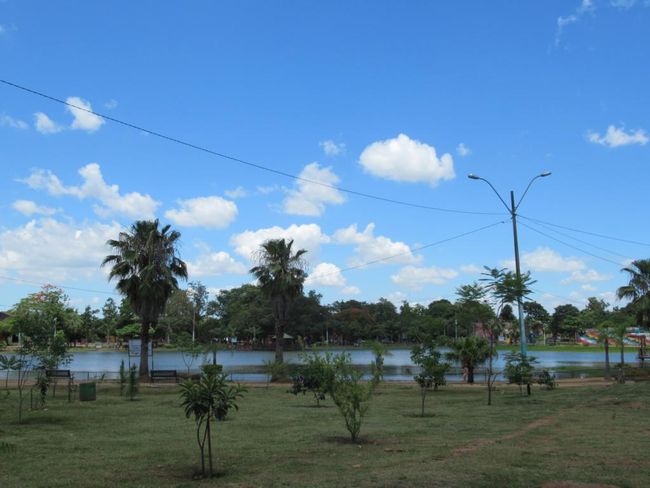
سەبسکرایبی هەواڵنامە بکەن
It was slowly time to return to Asuncion to return the rental car. However, we made a few more stops along the way.
First, we drove to San Cosme y Damian, where there was another Jesuit mission to visit. If you are wondering if we are getting tired of the Jesuit missions, you are absolutely right. However, San Cosme y Damian is somewhat special because there is an astronomical observatory here.
The facility is visited as part of a guided tour, which is included in the entrance fee. The first part of the tour is a visit to the mission itself with the usual buildings (churches, workshops, etc.). The tour was absolutely terrible, the guide absolutely careless and impatient. There was no time to look around and take photos, and no one was taken into consideration. The woman simply hurried through the buildings and muttered her monologue, she didn't care at all if the group was together and if everyone could hear her explanations. She didn't react enthusiastically to questions either. Fortunately, we had already seen some missions and knew the history and background, so we didn't have to rely on the unfriendly lady to expand our knowledge. Since it was always said that there are only ruins in Paraguay, and the best preserved one is Trinidad, this surprised us a lot, because the church and the complex in Cosme y Damian are in very good condition and by no means a ruin, the church is even still used. However, it is not particularly pretty or spectacular compared to the others. The only unusual thing is that the buildings adjacent to the church are two-story. On a rickety wooden ladder, you could climb up to the attic, but you had to hurry because the guide had already rushed to the next room.
The second part took us through the observatory, this time fortunately with a different, much friendlier lady. The observatory was founded by Jesuit Father Buenaventura Suarez, who had a great passion for astronomy, and was once the most important astronomical center in South America. A film was shown first, which reported on the astronomical knowledge and views of the Guarani, who, like almost all ancient cultures, had already thought about the starry sky at an early time. They already knew that the weather repeated itself after 12 full moons and knew the solstices. They also had their own names for the constellations we still know today. Next, we went to the actual observatory, where a telescope was set up. It was not as big as you would expect in an "astronomical center", but resources are limited. But since we were there during the day, there was no starry sky to see anyway. We had actually planned to come in the evening, but San Cosme y Damian is so far off the beaten path that it would have been too inconvenient. However, we were able to look at the sun through a smaller telescope with the appropriate filter, which is also something. The tour continued in the planetarium, which gave us information about the southern hemisphere's sky, for example showing us the location of the Southern Cross. In the last part of the tour, the large armillary sphere was demonstrated to us, and that was the absolute highlight for me. I had never seen such a device so consciously before, or at least I was not aware of its purpose and use, and I was absolutely thrilled. It is used to represent the movement of celestial bodies. I really would like to have such a thing at home! However, the pitfall is that it must always be precisely aligned to provide reliable information, i.e. once set up, it must not be moved at all.
Unfortunately, something very tragic happened on our way to our next stop. We were driving on the highway when suddenly 2 dogs ran across the road. And the driver in front of me actually ran over one of the dogs. I could see exactly how the poor creature was being thrown back and forth between the wheels and finally lay lifeless on the ground while the driver just continued driving. I can't even describe it, it was absolutely horrible. I was able to swerve just in time so that I didn't run over the poor animal as well. I immediately started crying, I was completely shocked and distraught. I have a hard time dealing with animal and human suffering. Jörg immediately turned on the hazard lights (the most essential function of a car in Latin America) and as soon as there was an opportunity, I drove off the road. It took me a while to recover from this terrible experience enough to be able to continue driving, I would have preferred not to drive at all. But Jörg also suffered a lot from the situation, the grief and compassion for this poor creature haunted us all day. Of course, we had seen animal carcasses by the side of the road during all our car trips, on these roads and with the many strays that suddenly run across the road, it is inevitable. But experiencing something like this live really affected us deeply. From then on, I was filled with panic every time I saw another dog along the road, fearing that it might run in front of my car. And it's not just dogs. It's all sorts of animals. I will never forget when our driver in Brazil suddenly slammed on the brakes because a hen was crossing the road with her brood of chicks right in front of us. So cute.......
Our next stop was in Yaguaron, where we wanted to visit the Franciscan church. However, the church had already closed, so we could only admire it from the outside. The church warden was just about to lock the church, but despite our pleas, he unfortunately did not agree to work a few extra minutes. Too bad. After a short break, we soon continued driving.
Our final stop before Asuncion took us to Ita. There, we also took a quick look at the church and then relaxed a bit in a local park around a pond where some caimans live. Although we had already seen these animals several times, it is always fascinating to encounter them.
We spent our last evening before we had to return the car outside Asuncion, so that we didn't have to drive far the next day. We still had a burden on our minds, namely our dirty car. Surprisingly, the rental office had required us to return the car washed. Honestly, it was the first time I had heard of something like this, and I had rented a car a few times, both for personal and business purposes. And, well, since our visit to the Mennonites in the Chaco, our car had been covered in dirt. Of course, there are no car wash facilities here as we know them. On the way, we had seen signs by the road from people offering to wash cars, but we always thought it was better to wait until the end, after all, you never know what else might happen and we didn't want to wash the car twice. But just when the time came, we suddenly couldn't find any such "car wash" anymore. Of course, we could have returned the car unwashed, but that would have been expensive. So we first went to the supermarket and bought some rags there, with the plan to at least clean the car a little bit, hoping that the car rental company would overlook it. When we arrived at our accommodation and were warmly welcomed by the host family, we noticed a garden hose in the driveway. So we asked if we could possibly use the hose to wash our car. The host waved us off with a smile, called his teenage son over, and instructed him to wash our car. The family takes care of several cars, both their own and cars of customers and guests, so the boy has practice in it. Despite our desperate protests and repeated emphases that we would do it ourselves, he would not be dissuaded, and the son vehemently refused to accept the hose, the sponge, or the vacuum cleaner to help him. And they also didn't want to accept any money from us. In return, terere was offered to us, and the father and mother happily chatted with us in the courtyard while the boy cleaned the car. An hour later, the car shone like new. We were of course incredibly relieved and grateful.
The next morning, we said goodbye once again to the friendly family. That's the downside of the long journey: constantly saying goodbye to loved ones whom you have quickly grown fond of. Of course, we are traveling very quickly, so we only have a short time to spend with the people we meet along the way. We don't form deep friendships like this, but in return, we meet so many nice people with whom we have countless beautiful, interesting, and unforgettable encounters and conversations that I would never want to miss. And thanks to this blog, my personal diary that I share with you, I will never forget them.
And who knows, certain encounters last longer. For example, we still receive occasional messages from Rafael, our guide who accompanied us in Perquin, El Salvador, who asks how we are and where we are. We are always very happy about that. We just exchanged greetings and good wishes for the New Year. And also with Linda, the daughter of our host family in Bogota, Colombia, we occasionally exchange text messages.
And so, enriched by another such encounter, we returned to Asuncion to return the car and end our beautiful road trip through Paraguay.
After that was done, we drove from Asuncion to Ciudad del Este with the bus company Nuestra Senora de Asuncion, which had been recommended to us by the hotel family, and it must be said that this company is definitely one of the best on the entire continent. The bus classes are relatively similar all over South America. Long-distance connections offer a semi-cama class with 4 seats per row and reclining backrests that can be adjusted to 120°-140°. The cama class offers seats with backrests that can be adjusted to 160° and only 3 seats per row. There are often double-decker buses with semi-cama seats on the upper deck and fewer cama class seats on the lower deck. In some countries, there is even a suite class on certain routes, where you can recline the seats to 180° and almost have a small bed. Sometimes the bus companies even offer meal service, otherwise there is a stop at a comedor where you have half an hour to eat. Interestingly, we have not yet found a "perfect" bus line. Although the classes are similar, there are small but fine differences everywhere. In poorer countries like Bolivia, for example, the vehicles are often much older and not as well maintained. The buses sometimes have damage, cracks in the windshield, poorly maintained toilets, worn-out interior and seats. On-board service is basically non-existent there. There are also no amenities on the bus. The really good bus lines sometimes offer pillows and/or blankets, dividing curtains between the seats, personal screens (often only shared screens showing movies or nothing at all), power outlets for phones, Wi-Fi, number of toilets, etc. But interestingly, there is (so far) no bus company that offers everything. The complete perfect package for comfort on long bus rides. Of course, our criteria are high, we almost always travel (if the journey takes more than 8 hours) in the Cama class, simply because of Jörg's height. The best bus company we have used so far was Cruz del Sur in Peru. The vehicles were in top shape, great emphasis was placed on safety, there was on-board service with good food, there were power outlets, and usually 2 toilets per bus. Luggage could be checked in beforehand, even early in the morning if you had booked an overnight bus on the same day. In addition, the company serves all major long-distance routes in the country, so you can always use the same company and don't have to look for a provider again and again. Another huge advantage was that you could book the tickets online and didn't have to print them out. That doesn't exist anywhere else, either tickets always have to be booked at the bus terminal or possibly by phone, or the online booking system does not accept foreign credit cards. The only drawback was that there were no individual screens per seat and that the Wi-Fi only worked moderately. We give second place to Colombia, in terms of average standard. In Colombia, bus companies operate regionally, so depending on where you are traveling, you always have to take a different company. Almost all good bus companies in Colombia offer their own TV screens, sometimes even with German movies, but that is actually only an important criterion for Jörg, as I get sick when I read or watch movies in the bus. Many people have raved to us about the bus companies in Argentina and that they are the best of all. Here I want to interrupt briefly: at the time of writing this, we have been in Argentina for a while and we can definitely not confirm that. There are some decent bus companies, but the overall quality and service definitely do NOT compare to Peru, Colombia, or even NSA in Paraguay. Let's see what awaits us in Chile. This is a little side note on the topic of bus travel in South America.
سەبسکرایبی هەواڵنامە بکەن
وەڵام
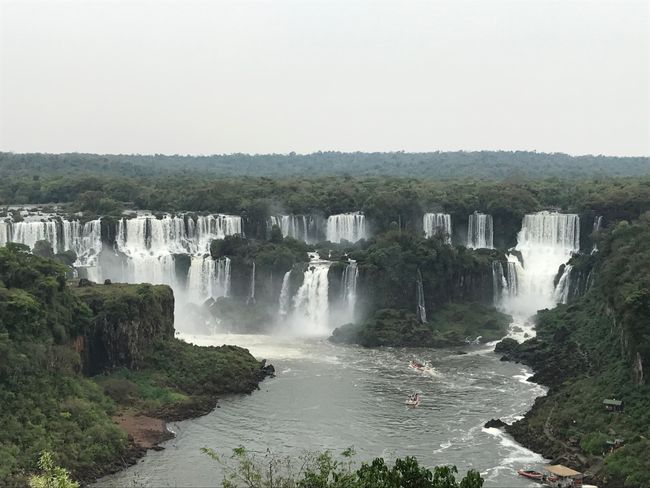
ڕاپۆرتی گەشتیاری پاراگوای

